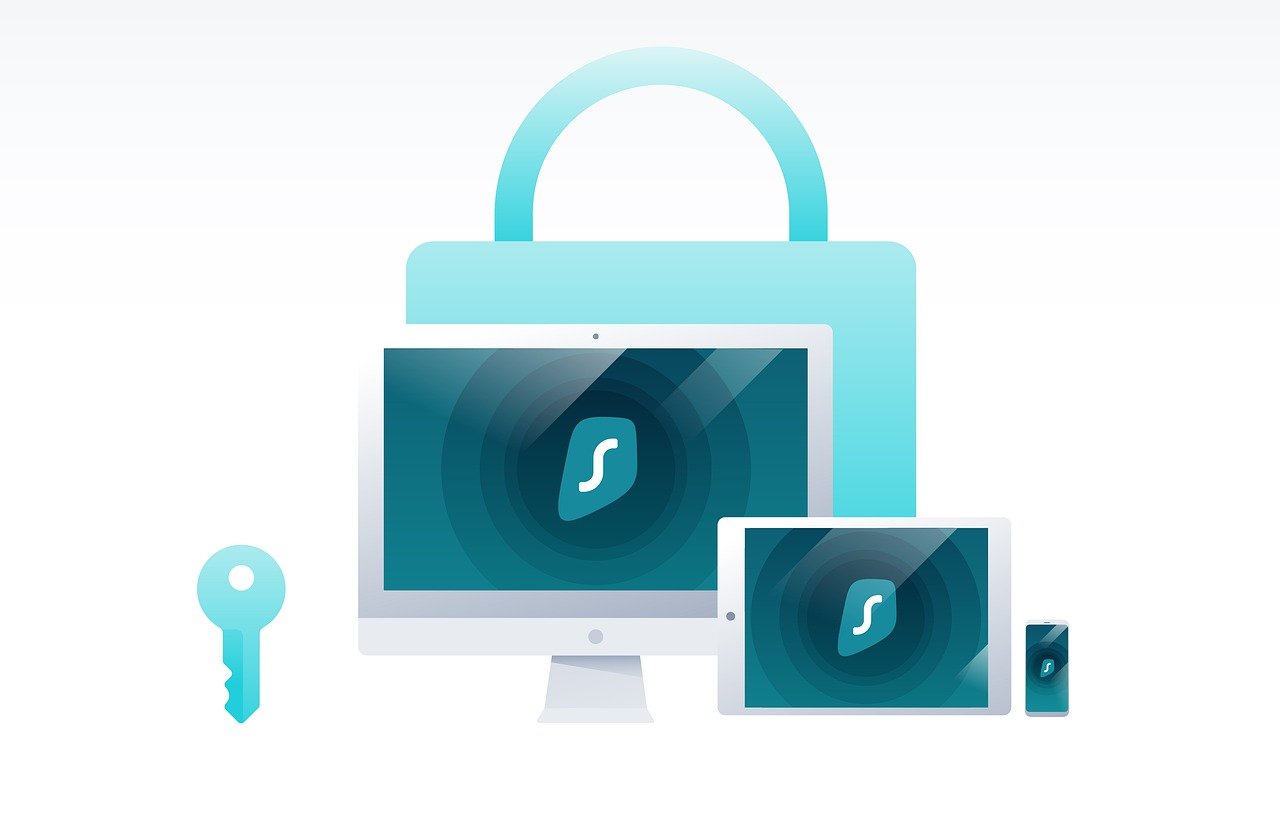What Kind of Consumer Data Can You Pull from Various Platforms?
What Kind of Consumer Data Can You Pull from Various Platforms?
Some brands have more information than they know what to do with. Every customer interaction leaves behind a little trace. An eCommerce storefront produces endless statistics on how people are interacting with your products. Where are referrals coming from? Where are the bulk of your customers located?
What percent of people abandon their carts, and at what stage in the process?
But that’s just the tip of the iceberg. There’s also CX data. Sales data. Social media data. It’s a lot to wrap your head around.
eCommerce Platform Data
We mentioned it in the introduction. If you are selling things online you probably have more numbers coming at you than you know what to do with. You’ll have general website analytics—traffic numbers, bounce rates, and referral sources. You’ll also have consumer-specific insights.
Who is buying what, and why? AI platforms can make it easier to process large sets of information. That said, you still need to know what you are trying to accomplish. Increase your conversion rate? Reduce bounces? There are numbers for both, but you need to understand how to find them, and what to do once you have.
Likes, Loves, and Other Positive Interactions
All of the major social media platforms provide some way for users to communicate that they like a post. This form of approval is the most basic and straightforward way in which a social media expert can begin to analyze the effectiveness of their marketing.
Here, you get a rudimentary understanding not just of what marketing messages are deemed interesting, but shareable. You need that sort of traction to ensure that your business will grow beyond the confines of your follower list.
Views
Likes are good, but they are also surface-level. Many social media sites will provide analytic tools that allow you to take a deeper look at follower behavior. Do people read one of your posts and then bounce on, or do they click on your profile and take a closer look at what you are up to?
Views and engagements are great, but what if people are only passing through on their way to bigger and better social media posts, it may indicate that your strategy isn’t doing everything that it could.
Hours of Engagement
Social media posts can be a little deceptive. On the one hand, they are there forever. It’s easy to think that if you post something, your followers will see it eventually whenever they happen to get online. That’s not exactly how it works.
Your post will be there, but it will get buried beneath an avalanche of other posts as well. Your goal should be to post when the majority of your followers are most active.
You can figure this out by studying your historic analytics to find out what times you typically get the highest level of engagement. From there, you can time your posts so that they reach the most people.
If you are running a restaurant, this might be mid-morning, when people are figuring out what they want to have for lunch. If you work in high-end retail, it might be better to post around 7 PM, when professionals have gotten home, and are starting to unwind for the day.
Ideal Customer Profile
The “Ideal Customer Profile,” is a marketing phrase that essentially refers to a sketched person. Using social media and other consumer data, you can essentially learn what your best customer looks like. Not a single person, but a collection of characteristics to which you should be directing the majority of your marketing efforts.
For example, through social media, you might learn that your ideal customer is a forty-year-old, upper-middle-class female who spends most of her online time between the hours of 6-8 PM. Using this information, you can either decide to work on expanding your demographic through product development, or you can lean in hard to your base, hoping to find more people that match your ICP.
Why is this valuable? Ideal customers spend more money and tend to recommend products to their friends. Basically, they make it much easier to sell to. The scattershot approach to sales, referred to by some as the “churn and burn” (a phrase particularly prevalent in the software industry) attracts lots of customers, but retains very few of them.
Basically, you throw stuff against the wall and hope some of it sticks. You might make sales, but you’ll also waste lots of effort, and potentially attract customers who aren’t really that interested in what you are selling.
By sticking to the ICP you serve the interests of your customers and yourself at the same time.
Building a Brand Community
Finally, social media data can be used to help you build a brand community. Here, you essentially combine everything that we have talked about until this point, channeling it into a collection of people that are eager to see what you have to say on social media.
Not every follower you get will be a member of your brand community, and depending on what choices you make, your “brand community,” might not even be a tangible thing. More a group that views your merchandise not just as something that can be bought, but as a very important component of their lifestyle.
Harley Davidson is well known for promoting a lifestyle of freedom and independence. Harley people will continue buying their products every time they need a new motorcycle.
The ingredients for a dependable brand community include:
- Enthusiastic customers (Your ICP)
- An understanding of what they like (engagement numbers)
- Knowledge of when to reach them (historical activity) and
- A way to reach them (social media platforms)
Some businesses will formalize their brand community with social media groups that allow their ideal customers quick access to posts, and sometimes even exclusive deals on promotions. How you go about it will be up to you. Regardless, branding is an important way to expand your business and reach more people.
Bring in the Professionals?
You wouldn’t handle your own legal work, right? Right. If you’re drawing up contracts, you want a qualified, well-educated lawyer to help you. If you want to work with data, you need an equally qualified pro in your corner.
Everything we have discussed in this article is done at the professional level by marketers. Does that mean you need to get a degree in data or marketing to take control of your business’s social media accounts?
Not necessarily. There are online courses you can take that will give you the information quicker, and for a much lower price than you would pay at a university.
You can also learn on the job by taking a look at what social media tools are available to you and exploring them. Most social media platforms provide free or low-cost analytic tools that can help you get started.











